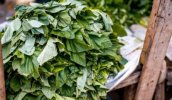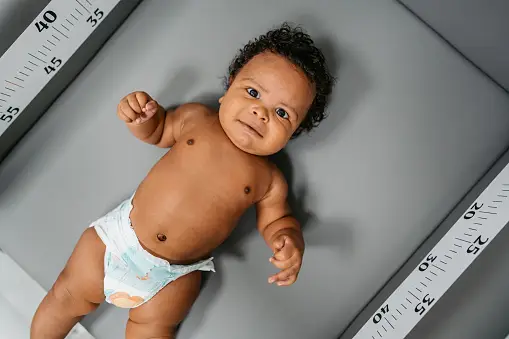Diarrhoea can be persistent in young children. It mainly affects children between the ages of 1 and 5 years and is more common in boys.
Diarrhoea is the body’s way of ridding itself of germs, and most times last a few days to a week. Diarrhoea often occurs with fever, nausea, vomiting, cramps, and dehydration.
Causes of diarrhoea in toddlers
Diarrhoea in children can be caused by infections from viruses, bacteria and, rarely, parasites. They can get these from unclean foods, drug interactions and allergic reactions.
How can I treat my toddler’s diarrhoea?
When the symptoms are mild, there are usually no treatments needed. However, there are essential nutrients to include in their meals:
Allow them to consume more fatty meals
Toddler’s who eat a low-fat diet are more prone to diarrhoea. Although a low-fat diet is suitable for adults to help prevent heart disease, it is not for young children.
The diet of preschool children should have about 35-40% fat. This generally means drinking whole milk, yoghurts, milk puddings, cheese and dairy products.
Ensure they're hydrated
Ensure they’re always hydrated, as they're losing a lot of nutrients from their stool.
Children should not have too much fruit juice. It is best to give water to children for most drinks and keep fruit juice as a treat.
Reduce fibre intake
Changing the fibre content of the diet may be helpful, as very low or high-fibre intakes may worsen symptoms in some children.
Fibre is the part of a plant food that aids digestion. It stays in the gut and is passed in the faeces.
Fibre is present in many foods, mainly fruit, wholemeal bread and vegetables. It stimulates digestive movement and prevents constipation.
Fibre acts like blotting paper and absorbs water in the bowel. So, if your child has a low-fibre diet, it may help to increase the fibre in the diet to normal levels.
You can help your child to a healthy balanced diet that includes some fruit and vegetables. However, a high-fibre diet may worsen things, as too much fibre can cause loose stools. Try to normalize their fibre content.
It's painful to see your child suffering from diarrhoea. Everything they eat gets passed out immediately, and they often lose their appetite. Ensure they drink enough water and change their diet according to this post.










Comments